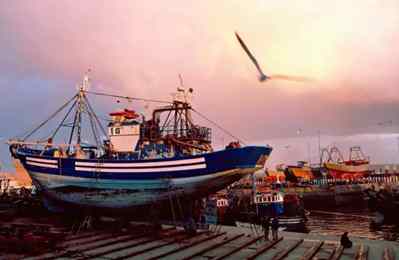Growth in China’s Mixed Aromatics Imports Moderates on Rising Reforming Capacity

The phenomenal growth in China’s mixed aromatics imports in 2016 eased in January, with y-o-y growth at 75.4% compared to the 2016 average of 135.8%. Imports remained fairly substantial at 941 kt but were down by 16.7% m-o-m. The bulk of mixed aromatics imports into China head into the gasoline blending pool as the petrochemical is used to boost octane in order to meet tightened product specifications.
We expect the growth in Chinese mixed aromatics imports to continue moderating as independent refiners are increasingly able to produce higher quality gasoline through growing reforming capacity as well as a lighter crude slate.
Driven by surging domestic gasoline demand and increased access to imported crude in 2015, China’s teapot refineries began the large-scale additions of catalytic reformers in 2016. As independent refiners gained access to importing higher quality crude, their light distillate yields grew which led to higher naphtha production. The increase in reforming capacity will allow them to process excess naphtha volumes as well as produce higher quality gasoline. According to JYD, around 195 kb/d of reforming capacity came online in 2016. Another 320 kb/d is currently under construction, with 300 kb/d expected to come online in 2017. This is likely to reduce the need for imported mixed aromatics.
Despite ASEAN countries facing exemption from the 7% import tax imposed on mixed aromatics under the ASEAN-China free trade agreement, the Netherlands took Malaysia’s place as China’s largest supplier of mixed aromatics in 2016. The Netherlands accounted for 20.4% of China’s total mixed aromatics imports in 2016 at 2.39 mmt. Indonesia came in close at second place with 19%, which equates to 2.23 mmt. The trend of higher imports from the West seems set to continue, with at least 10 Medium Range (MR) tankers heading from the ARA region to China in March so far. Increased long-haul shipments may lend support to the MR segment in terms of ton-mile demand.
Source: OFE Insights
HEADLINES
- Do shipping markets want Biden or Trump for the win?
- All 18 crew safe after fire on Japanese-owned tanker off Singapore
- Singapore launching $44m co-investment initiative for maritime tech start-ups
- Cosco debuts Global Shipping Industry Chain Cooperation Initiative
- US warns of more shipping sanctions
- China continues seaport consolidation as Dalian offer goes unconditional